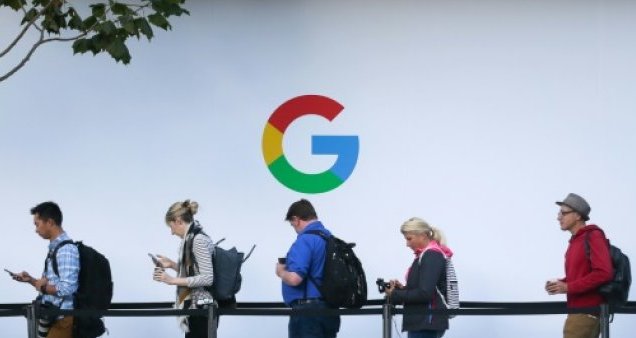
Students make their mark on the future
July 14, 2010 – Team Skeek from Thailand took home the grand prize of $25,000 in the Software Design category for their solution eyeFeel, which allows hearing-impaired people to communicate with others via an augmented-reality environment. It combines speech and face recognition, converts it to English from text, and generates virtual conversation text balloons and sign language animation in real time.
The winners of the eighth annual Imagine Cup Worldwide Finals were announced at the Opera House and National Theatre (Teatr Narodowy) in Warsaw, Poland, where more than 400 students gathered to celebrate their unique innovations aimed at solving the world’s toughest problems.
This year’s Imagine Cup, sponsored by Microsoft Corp. and known globally as the world’s premier student technology competition, began with a field of more than 325,000 high school and university students representing more than 100 countries and regions and culminated with a weeklong celebration in Warsaw.
During the week, students demonstrated their real-world solutions and competed for cash prizes totaling $240,000 (U.S.) across five competition categories and six awards.
“These student projects are sophisticated technology accomplishments that highlight the incredible things that can happen when inspired ideas and the will to make them happen come together,” said Jean-Philippe Courtois, president of Microsoft International. “These students should make us all proud, as they are taking concrete steps to help others and make our world a better place. With their passion and the assistance of technology, these young adults can and will affect the future.”
“We wanted to implement something that would have a unique impression on the user and also be fun to use,” said Pichai Sodsai of team Skeek. “We dared to dream and worked hard to make it come true.”
Competing in the same category a team of students from Makerere University representing East Africa, developed software that will enable pregnant mothers to know when to attend ante-natal clinics, their expected date of delivery and other health related issues through text messaging.
The software is an SMS-based solution that focuses on improving prenatal and postnatal care of expectant mothers in the developing world to reduce maternal and infant mortality rates addressing part of the United Nations’ millennium development goals.
The team of students of Information Technology has innovated software that allows doctors to schedule and automatically send text messages to mothers’ reminding them to visit health centres for medical attention.
Through this software dubbed “Saving tomorrow”, doctors can reduce maternal and child mortality by guiding pregnant women on different health aspects such as proper nutrition during and after pregnancy.
“Our software simplifies communication between patients and doctors regarding their health and that of the child using SMS,” Mr Sulaiman Lutaaya, a team member, said in an interview.
Mr Jon Perera, Microsoft’s General Manager, Education Strategy, said, “It’s not just about the computer anymore, students need to think about taking advantage of mobile devices as well.”
“This is where legends are born and lives are changed- where an application starts as an idea and ends up being used all over the world,” he said.
Students care deeply about their projects having an impact. This year’s projects primarily focused on solving challenges in education, healthcare and the environment. Within those, a few trends emerged among the students’ projects that spoke to specific global issues.
For example, a number of projects used social networking to address carbon emissions caused by vehicle traffic, several teams created alert systems to help people quickly access local emergency services, and a plethora of solutions were designed to help the visually and hearing impaired communicate more effectively.
“The Imagine Cup stands alone as a competition that is focused on applying technology to solve the biggest problems of our time,” said Professor Dennis Anderson of Pace University, one of this year’s Software Design judges. “Microsoft has created more than a technology competition for students; it has created a lasting impact for the next generation of leaders.”
In addition, the increasing prevalence of cloud computing was carried into Imagine Cup projects. Students historically have been the early technology adopters who set the pace for others, and this year’s Imagine Cup is no exception. Nearly one-third of all finalists used Windows Azure, one of Microsoft’s cloud computing offerings, to develop their projects.


























